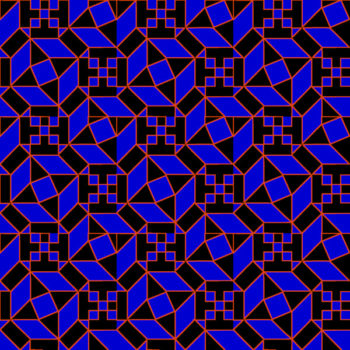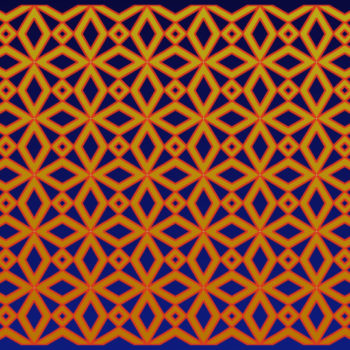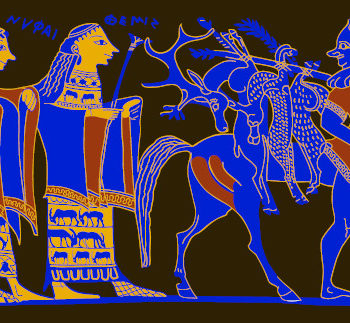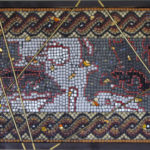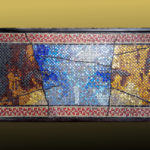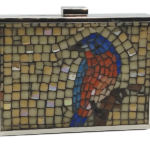Political stability promotes creativity.
In the provinces of Gaul, as in the rest of the Occident and Roman empire, the 2nd century, thanks to political stability beginning with Trajan, saw a spectacular rise of the decorations of floors and walls. This came in connection with intense architectural creation activity, both in the public and private sectors.
Vienna became Roman colony in the 1st century BC.
Vienna, France, was already the capital city of the Allobroge Gallic tribe. Ideally located along the Rhone river, then a major axis of communication between the Mediterranean, Celtic and Germanic worlds. It became a major urban center when Julius Caesar settled a Roman colony there in 47 BC.
A great building activity.
The booming building activity was in need of skilled craftsmen. Master mosaicists arrived from Italy or Spain. They trained local apprentices who themselves turned into masters. Shortly, several mosaic workshops settled around Vienna to design, build and install mosaics for the official buildings and private palaces built by the local governments and elites.
Creativity of Viennese mosaicists.
Viennese workshops designed many new patterns, and among them an infinity of plant-based ornaments, creating a large number of florets which testify to their amazing creativity. I believe their Gallic sensitivity explains why they liked so much those plant and flower based decorations.
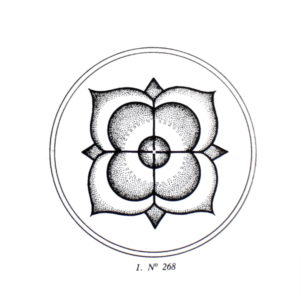
Most of their patterns are composite. They associate petals of different shapes, organized into one, two and sometimes even several corollas.
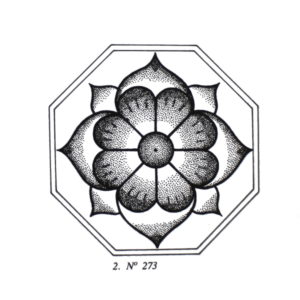
In some cases they are mixing geometric and plant based motives.
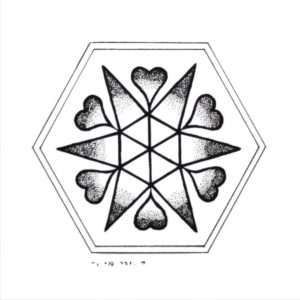
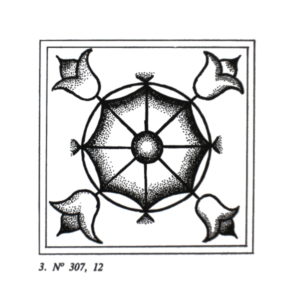
Viennese mosaicists spread this type of floral ornaments in most of their productions, playing on the variety of petals and hearts of the florets, their polychromy, the arrangement of their corollas and their inscription within the different geometric figures of the frames.
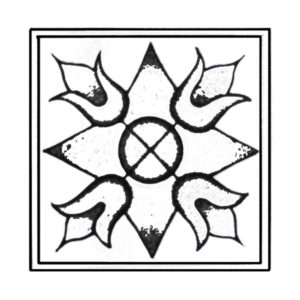
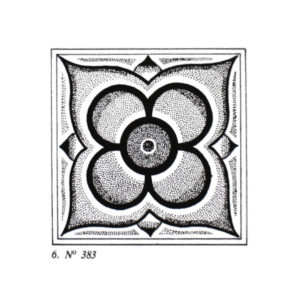
Most of these patterns are recorded in the many volumes of the “Recueil general des mosaiques de la Gaule”
I have scanned and edited some of them and will be publishing them little by little. Feel free to use them for your own mosaic or graphic creations.

